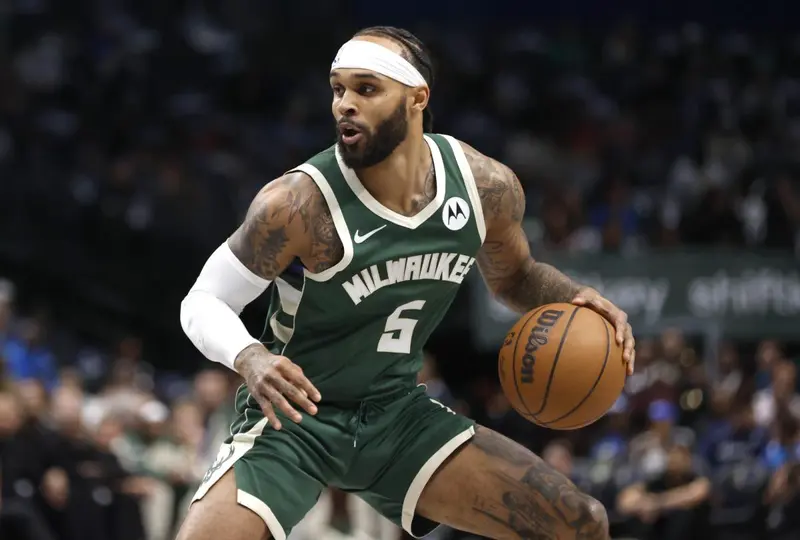Getting detraStarted
First thi I .fng I did was grab all his game logs from this season. Just went online and pulled the raw numbers – points, rebounds, assists, all that good stuff. I dumped all of that into a spreadsheet. It looked li.snigebke a mess at first, just a wall of numbers, but that's where the fun begins.
Cleaning Up the Mess
Next, I had to clean up that data. You know, make sure there were no weird entries, fill in any missing games, and generally make it usable. This part's always a bit tedious, but you gotta do it. I even added a column to calculate his fantasy points per game, because, well, that's what I really care about.
Spotting the Trends

Once I had a nice, clean spreadsheet, I started looking for patterns. I made some simple charts – points per game over time, minutes played, stuff like that. I wanted to see how his performance changed after the injury, how his minutes were trending, and if there were any obvious correlations.
- Charted his points per game.
- Looked at his minutes played each game.
- Compared stats before and after his injury.
It turns out, his scoring was a down after that injury. That's expected. But, I also checked his assist numbers and they've been pretty stable, which is a good sign.
Making the "Prediction"
Now, I'm no professional analyst, so my "prediction" is pretty basic. I basically took his average stats from the last few games – the ones where he seemed to be back in the groove – and used that as my baseline.
I figure, barring any more setbacks, he's likely to keep putting up numbers similar to *'s not rocket science, but it gives me a rough idea of what to expect. Obviously, there's always a chance he could explode for a huge game, or have a total dud. That's just the nature of the beast.
The Result (So Far)
The key to the process is to observe the data, clean and organize it, then average the important * far, my super-simple method seems to be holding up okay. He's been pretty close to my predicted averages in the games since I did this little experiment. Of course, I'll keep tracking his performance and adjusting my "model" as needed. It's an ongoing process, and that's part of the fun!
In the end, I get to use the organized data I've processed for my own benefit.

